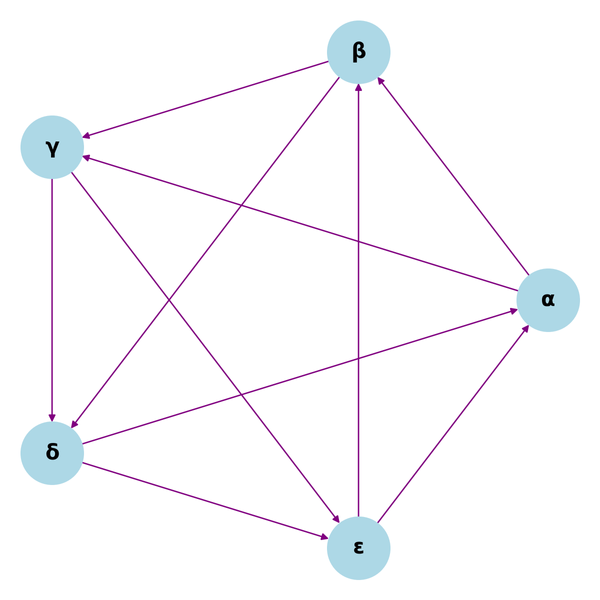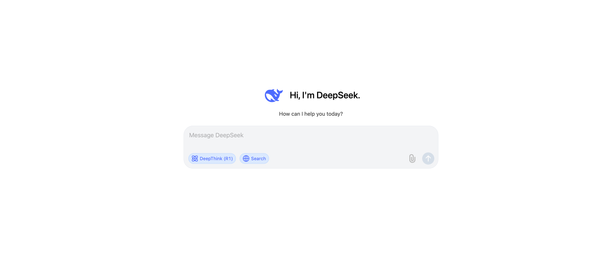OAuth 2.0: A Comprehensive Guide

OAuth 2.0: The New Security Standard for APIs.
Introduction
OAuth 2.0 is an open standard for authorization that enables applications to obtain limited access to user accounts on an HTTP service. It works by delegating user authentication to the service that hosts the user account, and authorizing third-party applications to access the user account.
In this guide, we'll take a comprehensive look at OAuth 2.0 and how it works. We'll cover the different roles, grants, and flows involved in the OAuth 2.0 process. By the end of this guide, you should have a good understanding of how OAuth 2.0 works and how it can be used to securely access protected resources.
What is OAuth 2.0?
OAuth 2.0 is an authorization framework that enables applications to obtain limited access to user accounts on an HTTP service, such as Facebook, GitHub, and DigitalOcean.
It works by delegating user authentication to the service that hosts the user account, and authorizing third-party applications to access the user account. OAuth 2.0 provides a method for clients to access a protected resource on behalf of a resource owner.
Terminology
- Resource owner: An entity capable of granting access to a protected resource. When the resource owner is a person, it is referred to as an end-user.
- Resource server: The server hosting the protected resources, capable of accepting and responding to protected resource requests using access tokens.
- Client: An application making protected resource requests on behalf of the resource owner and with its authorization.
- Authorization server: The server that issues access tokens to the client after successfully authenticating the resource owner and obtaining authorization.
Use Cases
OAuth 2.0 can be used in a number of different scenarios:
- Authorization code: The client obtains an authorization code from the authorization server and exchanges it for an access token. This is the most common OAuth 2.0 grant type.
- Implicit: The client obtains an access token from the authorization server and uses it to access the protected resources.
- Resource owner password credentials: The client obtains an access token after providing its resource owner credentials to the authorization server.
- Client credentials: The client can request an access token from the authorization server with its own credentials. This is used by clients that are not accessing resources on behalf of a user, but rather are accessing their own protected resources.
OAuth 2.0 Roles
OAuth 2.0 defines four roles:
- Resource owner: A person or an application that can grant access to a protected resource.
- Resource server: The server that hosts the protected resources and accepts and responds to protected resource requests using access tokens.
- Authorization server: The server that issues access tokens to the client after successfully authenticating the resource owner and obtaining authorization.
- Client: An application that makes protected resource requests on behalf of the resource owner and with its authorization.
OAuth 2.0 Grants
OAuth 2.0 defines four grants:
- Authorization code: The client obtains an authorization code from the authorization server and exchanges it for an access token.
- Implicit: The client obtains an access token from the authorization server and uses it to access the protected resources.
- Resource owner password credentials: The client obtains an access token after providing its resource owner credentials to the authorization server.
- Client credentials: The client can request an access token from the authorization server with its own credentials.
OAuth 2.0 Flow
The OAuth 2.0 flow is the process by which a user grants a third-party application access to their protected resources.
The flow consists of four steps:
- The user initiates the flow by authenticating with the resource server and authorizing the client to access their protected resources.
- The client obtains an authorization code from the authorization server.
- The client exchanges the authorization code for an access token.
- The client uses the access token to access the protected resources.
Conclusion
OAuth 2.0 is an open standard for authorization that enables applications to obtain limited access to user accounts on an HTTP service. It works by delegating user authentication to the service that hosts the user account, and authorizing third-party applications to access the user account.
OAuth 2.0 provides a method for clients to access a protected resource on behalf of a resource owner. It can be used in a number of different scenarios, such as authorization code, implicit, resource owner password credentials, and client credentials.
The OAuth 2.0 flow is the process by which a user grants a third-party application access to their protected resources. It consists of four steps: the user initiates the flow by authenticating with the resource server and authorizing the client to access their protected resources; the client obtains an authorization code from the authorization server; the client exchanges the authorization code for an access token; and the client uses the access token to access the protected resources.
For more Tips, Tutorials, Guides and Resources about OAuth 2.0 and other API security standards and protocols using Python and Go, check Subscribe to my Weekly Newsletter.


